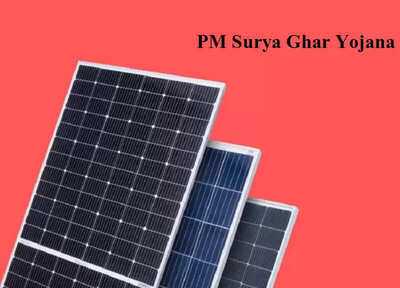Rising electricity bills are a major concern for people, and they are constantly looking for ways to reduce them. One effective way is to install solar panels in their homes. By installing rooftop solar panels in your flat, you can generate electricity for your home.
The Government of India also provides subsidies for installing solar panels under the PM Surya Ghar Yojana, significantly reducing the cost of installing solar panels. If you generate excess electricity, you can also sell it.
If your target is 300 units per month and you are unsure how many megawatts of solar panels are required, a 3 kW on-grid system is generally considered sufficient. 3 kW is 0.003 MW.
A 1 kW system in India provides an average of 3–4 kWh per day. Therefore, a 2.5–3 kW rating is capable of providing 300 kWh per month. However, this may vary depending on the weather and location.
Under the central government's PM Surya Ghar Yojana, the government aims to reduce people's electricity bills to zero. Systems up to 1–3 kW are subsidized under the scheme. Therefore, installations up to 3 kW are eligible under this scheme.
Since you are installing a flat, you must first consider the roof space and then consider the number of panels. For 3 kW, approximately 8–10 panels are required for 330–400 W panels. This typically requires 200–350 square feet of roof space.
The terms and conditions for this scheme vary in various states. Group housing or apartments may have different rules. Some DISCOMs have net-metering rules and minimum charges, so check your local DISCOM's policies first. You can then apply online.
You may also like

Roast potatoes will be perfectly crispy if you add 1 ingredient to boiling water

King: Shah Rukh Khan's first look out and takes over the internet by storm. Netizens scream, 'Remember there is only one...'

"SIR done intentionally to capture power in Tamil Nadu": Udhayanidhi Stalin

Kharge, Sonia, Rahul lead Cong's star campaigners' list for 2nd phase of Bihar polls

Period drama starring Tom Hardy is a 'classic masterpiece' and the 'best adaptation'







